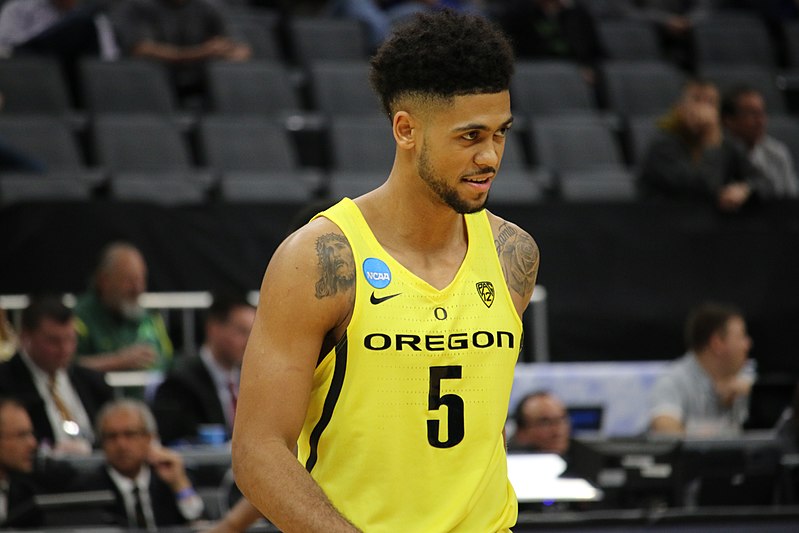The History Of A March Madness Bracket
“File:Tyler Dorsey (Sacramento March Madness).jpg” by Quintin Soloviev is licensed under CC BY-SA 4.0
March Madness is one of the most thrilling events in sports because of its single elimination winner moves on tournament, but have you ever wondered where the march madness bracket was created?
The Origin
Back in 1851 during the Great Exhibition, a large show and tell of inventions, a man named Howard Stanton Took this as a perfect opportunity to tweek his favorite game, chess. Stanton took 8 of the most renowned chess players in europe, and placed them into a single elimination bracket based on chance rather then level of skill. His goal was to find the best chess player in the world through this tournament. The tournament was successful but had some doubts about weather it truly measured a chess players skill, so the style was dropped in favor of a more accurate one.
Picking It Up
In 1938 Ohio State coach Harold Olson pitched an idea to the NABC(NCAA today) for a post season tournament. This plan was put into motion the next year with 8 teams participating including colleges such as Villanova, Oregon, Ohio State,Brown,wake Forest U state, and oklahoma. The first ever bracket was based on skill, and location, and the first ever national tournament was between one team from the west, Oregon and one team from the east, Ohio State, which Oregon won.
Making Some Adjustments
The bracket was expanded to 16 teams in 1951 to add more games. Fast forward to 1985 where the to keep up with the growing amount of popularity and, the more competitive colleges they added at total of 64 teams to the march madness bracket separated by where the colleges were located, and how good they were that season. This would be the final major change in the NCAA’s bracket. In 2011 however they added four more teams and labelled there games play in games. This allowed for the NCAA to have a few extra games they could televise on lesser known channels.















